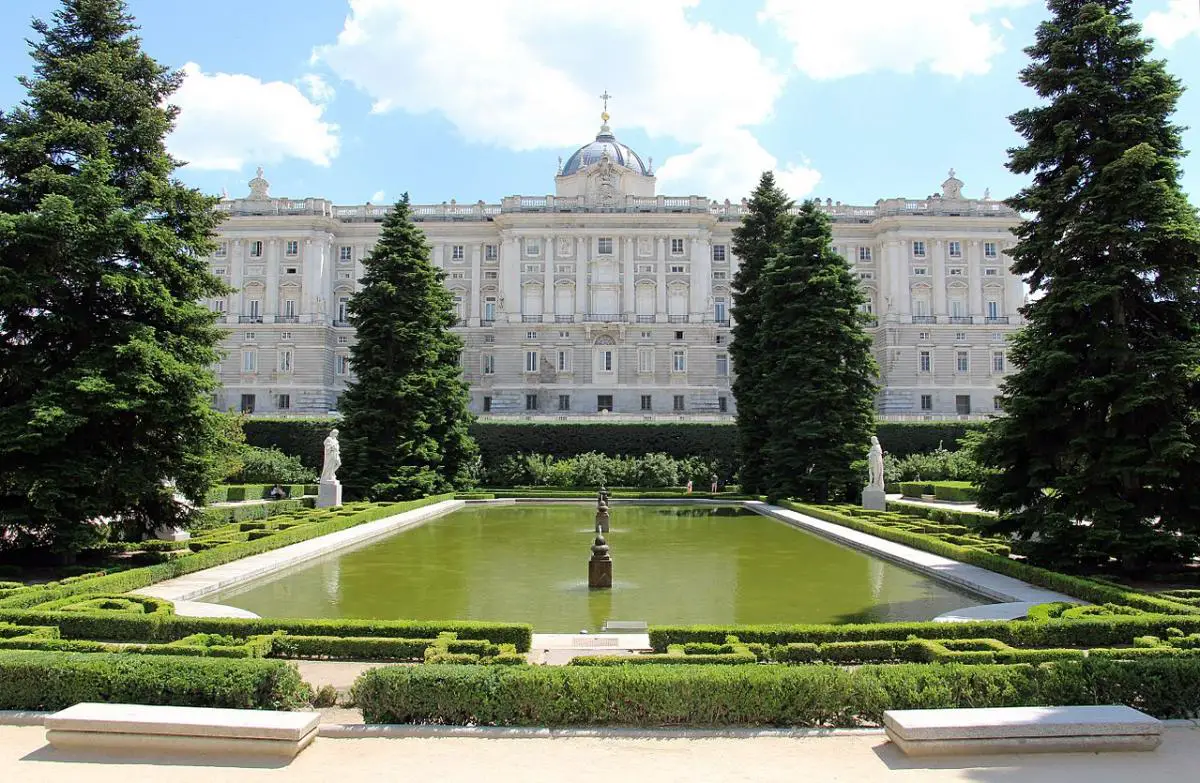
Image – Wikimedia Commons / Fred Rosemary
Spain has a series of gardens that can quickly become a source of inspiration for all of us. One of them is located in Madrid, the capital, and although it is not the largest, and despite the fact that its construction is relatively recent, it has already reached that point of maturity that greatly embellishes it.
This corner of peace and tranquility is known by the name of Sabatini Gardenssurely in memory of or in honor of Francesco Sabatini, an XNUMXth century Italian architect who spent most of his life working for the Royal Household.
History of the Sabatini Gardens

Image – Wikimedia / Jan S0L0
The history of these gardens dates back to the 1930s. At that time, in Spain the Second Republic had just been proclaimed, specifically on April 14, 1931, a historic date for the country since it was the end of the monarchy.
While it did not last long, the Government of the Republic had enough time to seize a series of Royal Heritage assets and assign them to the Madrid City Council. Among them, the land on the north facade of the Royal Palace with a single objective: to build a public park.
From 1933which was when the project was awarded to the architect Fernando García Mercadal, a native of Zaragoza, took advantage to remove the stables that Francesco Sabatini ordered the construction of two centuries ago, to put plants in their place in specific places that would end up being the gardens we know today.
The Sabatini Gardens they weren’t finished until the late 1970sand yet they were not opened to the public until eight years later, something that King Juan Carlos I did.
Characteristics of the Sabatini Gardens

Image – Wikimedia Commons / Fred Rosemary
These are Gardens that occupy about 2,66 hectares of surface, and it is designed according to neoclassical currents; that is to say, that the hedges are pruned in such a way that they are shaped like geometric figures, and that there are a series of trees also arranged in geometric shapes.
All this adorned with fountains, a pond, and even statues of the Spanish kings. But of the latter it is interesting to say that they were not designed for the garden, but for the adjacent palace.
Where do you enter the Sabatini Gardens?

Image – Wikimedia Commons / Constantinople
If you want to visit them you have to go to Bailén street, number 2. You can go by car; by metro (Ópera, lines 2 and 5; and Sol (lines 1, 2 and 3); and also by bus (lines 3, 25, 39, 46, 75, 138, 148, C1 and C2).
Admission is free. And the schedule is as follows:
- October to April: Monday to Sunday from 9 a.m. to 21 p.m.
- May to September: Monday to Sunday from 9 a.m. to 22 p.m.
So we hope you enjoy these gardens.
